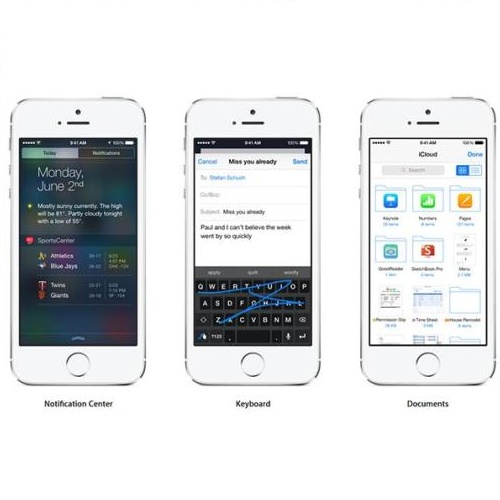For aquaculture resource evaluation and ecological environment monitoring, automatic detection and identification of marine organisms is critical. However, due to the low quality of underwater images and the characteristics of underwater biological, a lack of abundant features may impede traditional hand-designed feature extraction approaches or CNN-based object detection algorithms, particularly in complex underwater environment. Therefore, the goal of this paper is to perform object detection in the underwater environment. This paper proposed a novel method for capturing feature information, which adds the convolutional block attention module (CBAM) to the YOLOv5 backbone. The interference of underwater creature characteristics on object characteristics is decreased, and the output of the backbone network to object information is enhanced. In addition, the self-adaptive global histogram stretching algorithm (SAGHS) is designed to eliminate the degradation problems such as low contrast and color loss caused by underwater environmental information to better restore image quality. Extensive experiments and comprehensive evaluation on the URPC2021 benchmark dataset demonstrate the effectiveness and adaptivity of our methods. Beyond that, this paper conducts an exhaustive analysis of the role of training data on performance.
翻译:对于水产养殖资源评估和生态环境监测而言,海洋生物的自动检测和识别至关重要,然而,由于水下图像质量低,水下生物特性也低,缺乏丰富的特征可能会妨碍传统的手工设计地物提取方法或CNN的物体检测算法,特别是在复杂的水下环境中,因此,本文件的目标是在水下环境中进行物体探测,本文件提出了一种新颖的地物信息采集方法,在YOLOv5骨干中增加了分流区块关注模块(CBAM),水下生物特性对物体特性的干扰减少,主干网对物体信息的输出得到加强,此外,自适应性的全球直方图拉伸算法(SAGHS)旨在消除退化问题,例如水下环境信息为更好地恢复图像质量而造成的低对比和彩色损失,对URPC2021基准数据集的广泛试验和全面评估表明我们方法的有效性和适切性。此外,本文件还详尽分析了关于性能的培训数据的作用。



